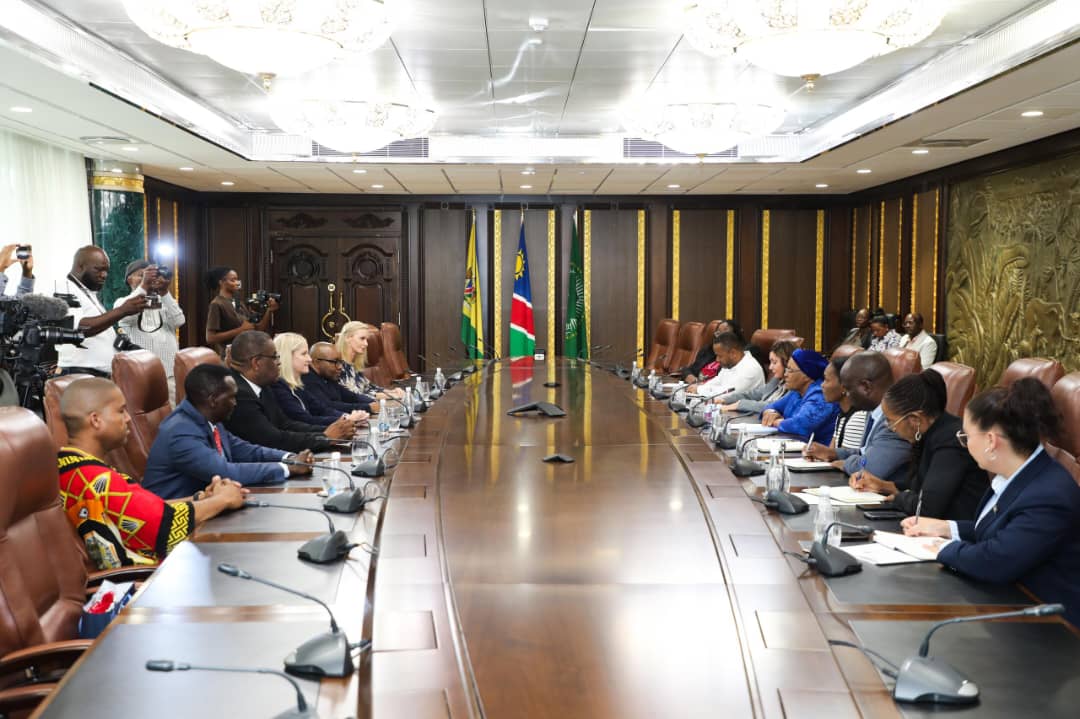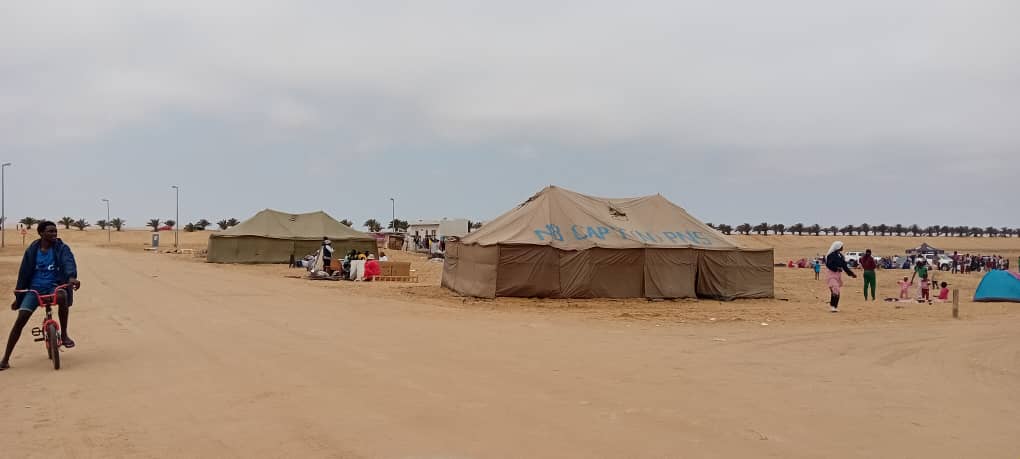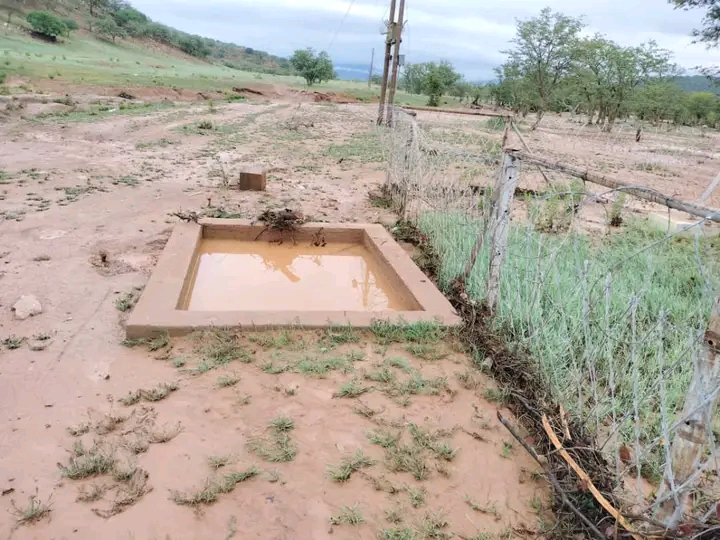THE N$3,2 billion Caprivi Link power project that aims to link the power grids of Zimbabwe, Zambia, Botswana and Namibia (Zizabona, is 70 per cent complete, with its implementation set for April next year.
This, thanks to several communities that have had to relocate their homes in the process, and to land provided by traditional authorities in the areas along the route linking the Caprivi Region to the national grid.The Caprivi Link Interconnector is one of several remedial strategies that NamPower is working on to address the nation’s power supply shortage, exacerbated last year when South Africa’s Eskom began limiting its power exports to neighbouring countries.Other supply measures include reducing reliance on Eskom by engaging in new power purchase agreements with other neighbouring countries, completing local generation and transmission projects, applying demand-side management measures to cut down on peak demand, making tariffs more reflective of the cost price in supplying electricity, and engaging the private sector in the power supply industry, among other things.In a high level overview of the Caprivi Link on Wednesday, NamPower MD Paulinus Shilamba said the project would provide for the inter-connection of the Caprivi Region with the national power grid, strengthen Namibia’s transmission grid, and work towards the Southern Africa Power Pool objectives of interconnecting all SADC countries. He also said the Link would increase dynamic stability in the region, by allowing for a diversified import/trading route and easing congestion on the 400kV line through Zimbabwe and Botswana.COMMUNITIESTo date, 735 people in communities in the Kavango and Caprivi regions have been compensated by NamPower to the tune of N$6,05 million. According to Shilamba, agreements have already been negotiated and concluded with all the affected communities and individuals for their relocation and compensation. The communities were all consulted with through the Otjozondjupa, Kavango and Caprivi Regional Councils, with meetings with farmers, villagers and individuals directly affected by the line construction also taking place.The traditional authorities have also been instrumental in ensuring sufficient land access for the project, providing the necessary land to NamPower for the Link. At the review on Wednesday, NamPower handed over N$10 000 to about five of the traditional heads in the affected areas, as a contribution towards the operational costs of their traditional authorities.And while the project goes into the completion of the remaining 30 per cent, one of the most pressing challenges facing the timely completion of the Link again has to do with community – an illustration of the importance of people at the grassroots in the management of development projects.The Ministry of Regional and Local Government and Housing and Rural Development was in the process of developing the Divundu township in the Kavango region. But it has emerged that the area earmarked for development is in conflict with the development of the Caprivi Link, as the power line crosses the river at the same site.Shilamba said that finding an alternate route would cost the project an additional six months, and with the upcoming Fifa 2010 World Cup planned for June in South Africa, a delay would cost Namibia dearly, making load shedding and power cuts a necessity.The commissioning date for the Link has already been postponed once, from January 2010 to April 2010.’Discussions are underway with the Kavango Regional Council for a solution, including possible township re-planning,’ Shilamba said, pointing to the need for Government intervention in this regard.He added that NamPower has already offered to carry the cost of the re-planning.ACHIEVEMENTSIn his overview of the project, Shilamba also said that work on the Caprivi Link has seen the employment of about 950 people (85 per cent of whom are Namibians) during the two-year implementation phase; and hundreds of thousands of tonnes of cement, steel reinforcements and concrete have been used for civil works, with over 8 358 km of conductor and steel rope going towards power line construction.Several planning milestones have also been reached in the implementation of the project, and NamPower has pioneered the use of the High Voltage Direct Current (HVDC) for overhead lines over long distances, applying the technology for the first time in Africa. nangula@namibian.com.na
Stay informed with The Namibian – your source for credible journalism. Get in-depth reporting and opinions for
only N$85 a month. Invest in journalism, invest in democracy –
Subscribe Now!










